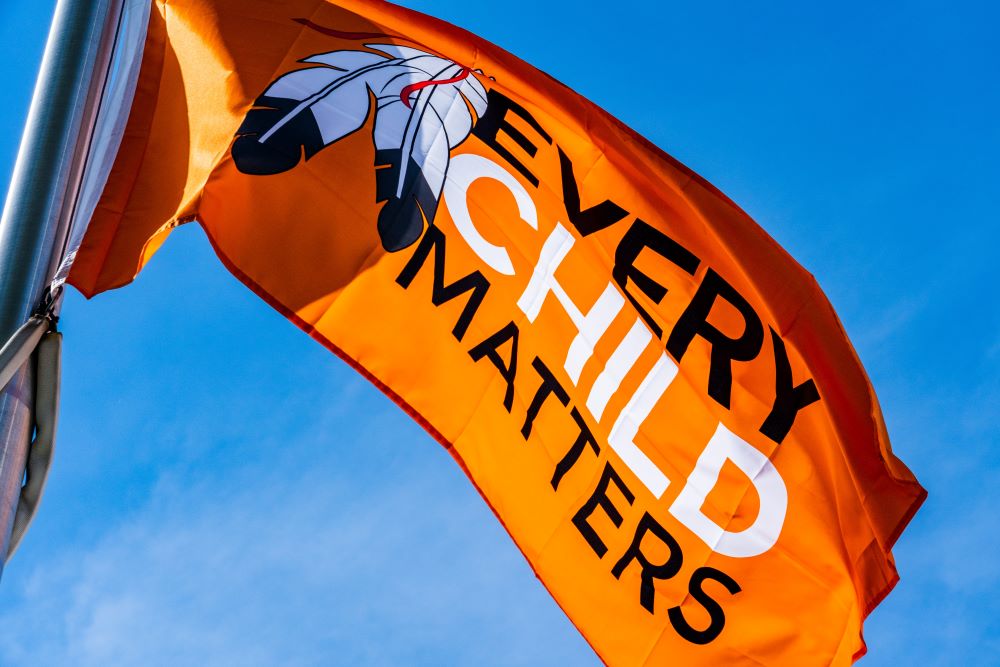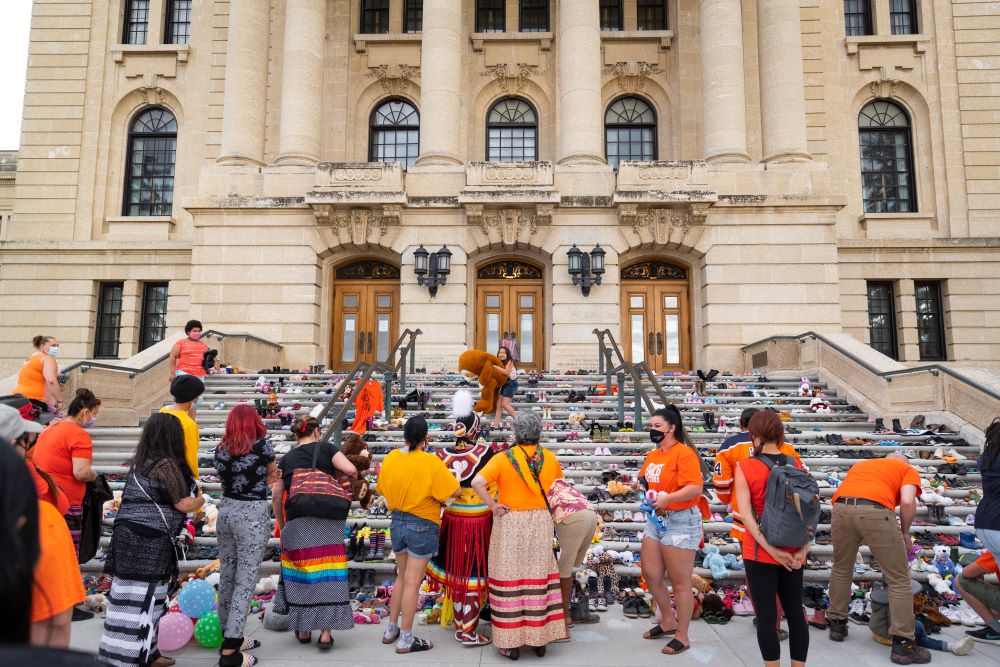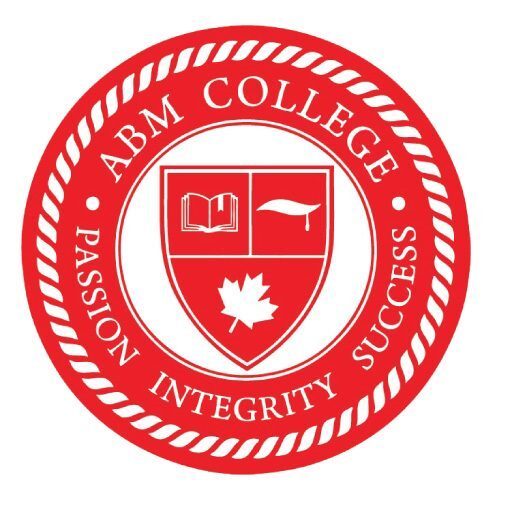Friday, September 30, 2022, marks the second National Day for Truth and Reconciliation, which was declared so by the Federal government in 2021, coinciding with the Orange Shirt Day.
For over a century (between the 1870s and 1997), roughly 150,000 First Nations, Metis, and Inuit children were forced to attend Residential Schools, after being taken away from their families. They witnessed torture and suffering, and were bereft of their language, culture, and community. Many of them died and the exact number may never be known.
Significance of National Day for Truth & Reconciliation

The National Day for Truth and Reconciliation is a somber remembrance of the tragic legacy left by the Indigenous children who never returned home from Residential Schools. It also acts as a call to action for us to pause and consider the harms caused, investigate the plethora of learning resources accessible, give to and support important causes and organizations, and engage in scheduled activities wherever feasible.
The day honors residential school survivors, as well as their families, communities, and the children who never made it home. A crucial step in the healing process is the public remembrance of the tragic and traumatic past and ongoing effects of residential schools.
It is important for us to think, empathize, and help bring about reconciliation as the country remembers the terrible effects Residential Schools had on young people, their families, and the community. Even while the horrors of Residential Schools still haunt us, we can support the survivors by doing our part to ensure a bright future for future generations.
Significance of Orange Shirt Day

Orange Shirt Day, that falls on the same day as the National Day for Truth and Reconciliation, is a grassroots commemorative day organized by Indigenous people, with the goal of promoting the idea that “Every Child Matters”. It is aimed at increasing awareness of the effects residential schools have had on individuals, families, and communities through multiple generations. The orange shirt represents the gradual erosion of Indigenous children’s culture, freedom, and self-esteem through generations.
The history behind Orange Shirt Day begins with Phyllis Webstad, a member of the Stswecem’c Xgat’tem First Nation. Phyllis’ favourite orange shirt, that was given to her by her grandmother, was taken from her on her first day of class at a Residential School in Williams Lake, British Columbia, in 1973, and it was never to be seen again.
On September 30th, 2013, 40 years after her initial incident, Phyllis spoke in public for the first time about it, sparking the Orange Shirt Day movement. Since each Residential School survivor has a unique story, people now wear orange shirts on September 30 to honour them all.
How Can You Contribute to Reconciliation?

The route toward reconciliation is arduous, and it cannot be achieved without everyone’s assistance. There are many different reconciliation initiatives being undertaken as the nation observes its second National Day for Truth and Reconciliation.
Acknowledging ancestral lands and expressing gratitude to Canada’s First Nations for being the guardians of the land we live and work on are some crucial steps. Others include educating people about the tragic history of Indigenous Peoples, taking part in their programs, and many other similar initiatives.
Consider some actions you can take to contribute to reconciliation as you think about it. You can gain a better understanding of the Indigenous peoples’ culture in this video, where the Truth and Reconciliation Commissioner Murray Sinclair discusses how Canadians may promote reconciliation by reading the Truth and Reconciliation Commission’s findings and identifying a call to action that appeals to people.
The focus of this year is ‘remembering the children’, and various provinces are planning their activities to commemorate the Orange Shirt Day.
The Métis Nation of Alberta has various resources that you can explore to learn more about their culture.
You can also check out the Federal government’s resources on activities planned and to gain more knowledge about reconciliation.
Final Thoughts
While reflecting upon the history and events that shaped the history of the Indigenous Peoples, you would come to know of the atrocities committed on their children, and their fight to freedom, which continues till today. Their children deserve better education to build a secure future for generations to come.
As part of a $5-million investment from Alberta’s government, up to $3.25 million will be used to increase the programs and seats for Indigenous learners at First Nations colleges and public post-secondary institutions.
ABM College endeavours to provide quality education to all communities and people so that they can be meaningfully employed.
Contact us to learn how we can help.
You can also read more informative articles here.
About The Author

Private Career College
ABM College is a leader in career-focused education, committed to empowering students with industry-relevant skills. With expert instructors and practical training, ABM College delivers high-quality programs in health, business, technology, and more, ensuring graduates are prepared to meet workforce demands. Known for its supportive learning environment and a focus on real-world application, ABM College is a trusted educational partner helping students achieve professional success across Canada.
